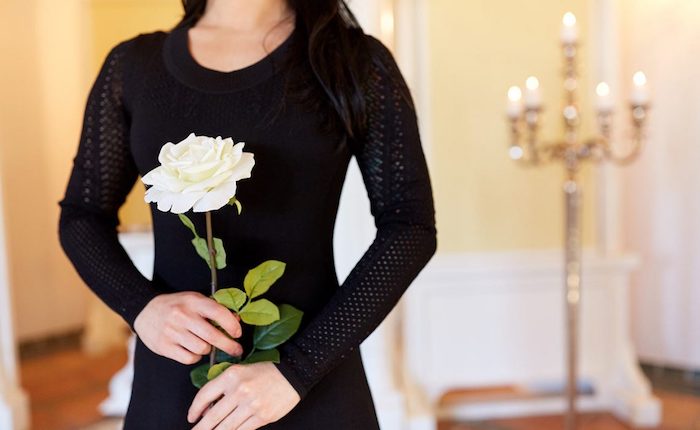A funeral is an important yet highly emotional event that every family has to experience in their lifetime. It is imperative for all members of the family to make sure that just like any other important day of rituals, this day too has a properly defined procedure which most individuals and families choose to follow.
Saying Goodbye to a loved one can be really tough but that doesn’t mean that this ritual has to be executed in a dull manner. Flowers are the most important part of every funeral proceeding. Not only are they a sweet element to convey your remembrance for the person who has left for their heavenly abode, but they are an omen of hope and affection that you hold for your loved one.
This post will provide you with vital funeral etiquettes that you must keep in mind before executing a funeral with your family.
The Less, the Better
Different cultures from all over the world follow a different set of practices when it comes to funeral rituals. While some religions mandatorily use flowers as an important part of their funeral rituals, other cultures either restraint the use of flowers or take decisions as per their own wishes. The first step towards choosing flowers for a ritual is to make sure that you keep it less cluttered. There is no point in choosing a mix of flowers without knowing their significance.
What does each flower stand for?
When you proceed to get flowers for placing in the casket, you must pay attention to the meaning that each type of flower portrays. Below is a list of the most common flowers that individuals prefer for a funeral and what they stand for:
Camelia
Camelia is a flower which represents Gratitude and Respect when placed over the funeral casket of the person who has passed away. Choosing Camelia is a way of thanking the person for their contributions in their entire lifetime.
Roses
There are different colors of roses that you can choose for the funeral, each one of them representing a different level of Love and Affection. While a light pink rose signifies innocence and love, red roses stand for the remembrance of a dearly loved one.
Daffodils and Daisies
An omen of eternal hope and possibilities, daffodils are known to send across hope and positive vibes to the person who has just departed for their heavenly journey. Daisies, on the other hand, signify the presence of good wishes and innocence.
Forget-me-nots
Just as the name says, Forget-me-nots depict the remembrance that you will hold in your heart forever for the person who has passed on.
Lilies
White Lilies are known to be used as funeral flowers across different religions and cultures as a symbol of perpetual peace and admiration for the one who is long gone.
Cultural Differences
It is important to note here that there are a few cultures of the world which restraint or don’t follow the practice of using flowers for a funeral. Placing funeral flowers is a practice which is not preferred to be followed when it comes to Jewish and Islam Cultures. The Indian culture, on the other hand, places a strong emphasis on the usage of flowers, preferably roses which are laid upon the funeral bed.
Different types of funeral flower Arrangements
Depending upon the length of your casket and the wishes of the family, these are the different kinds of flower arrangements that you must know about, before proceeding for the funeral arrangements.
Wreaths
A wreath is a circular shaped floral arrangement which is covered by a bunch of flowers and leaves woven together and held tightly. A wreath is usually made up of different combinations of flowers along with leaves.
Freshly Cut flowers
If you wish to bid Adieu in the simplest and the most beautiful way possible, then you can choose to pay homage with a bunch of raw flowers which can be combined together and placed near the casket.
Floral Casket Tops
This arrangement permits you to adorn the topmost part of your casket with flowers that you choose to put.
Inside the Casket
Placing flowers inside the casket gives your beloved one a floral bed to lay themselves on for the rest of eternity. This arrangement usually requires the accumulation of flower petals or soft flowers which are laid inside the casket.
Complete Article ↪HERE↩!

